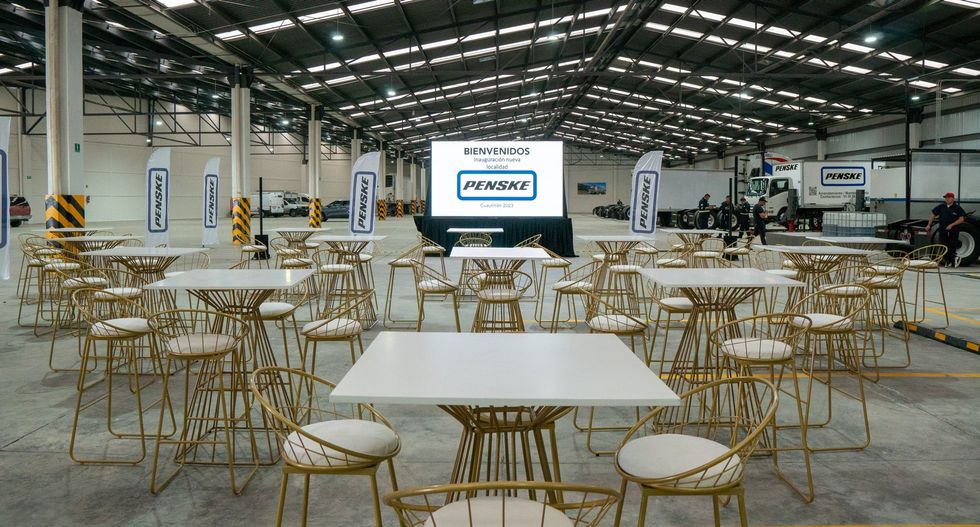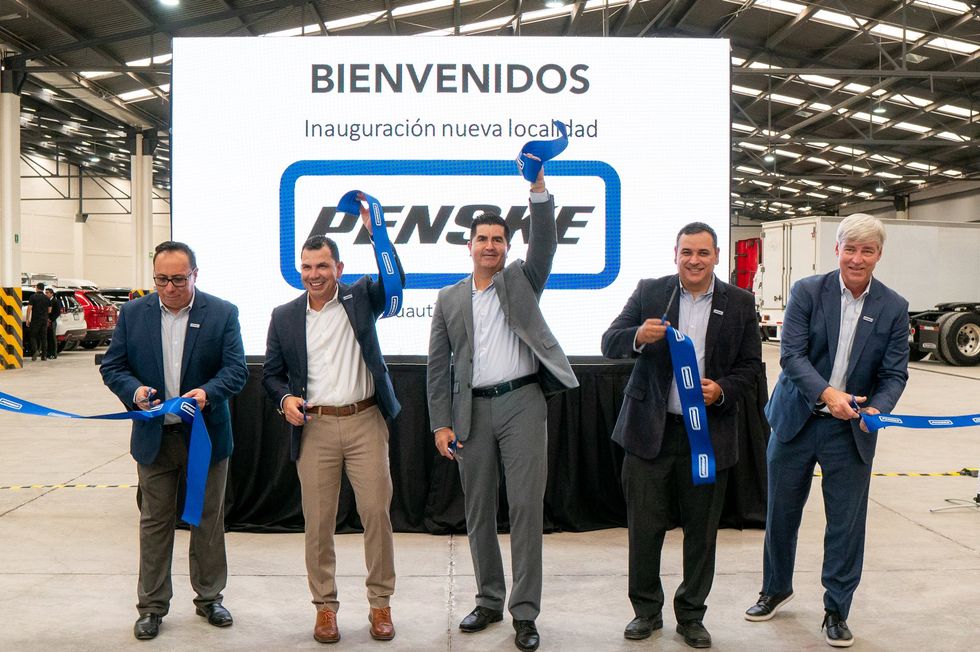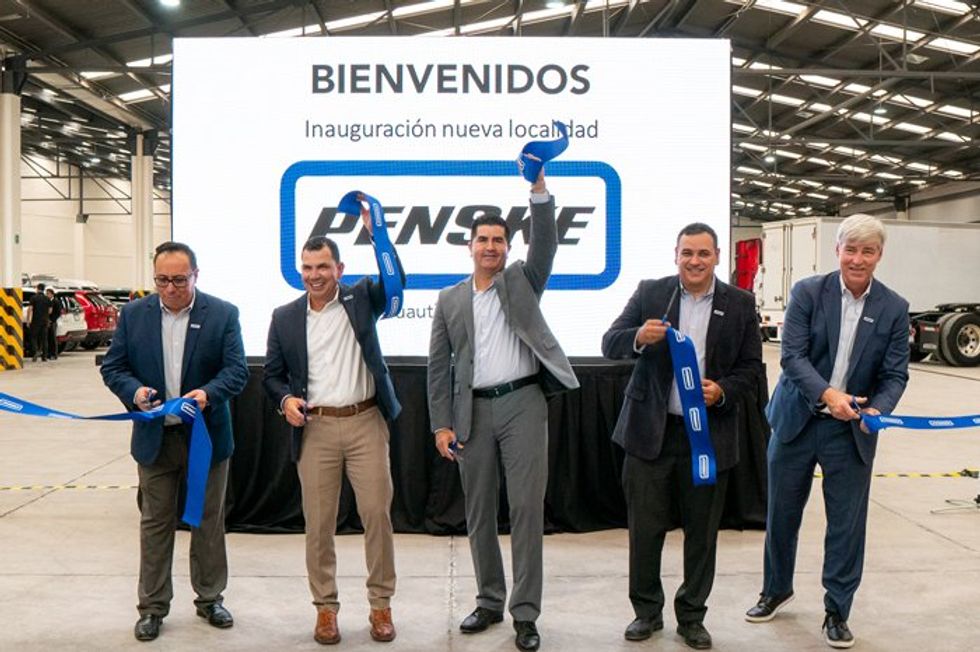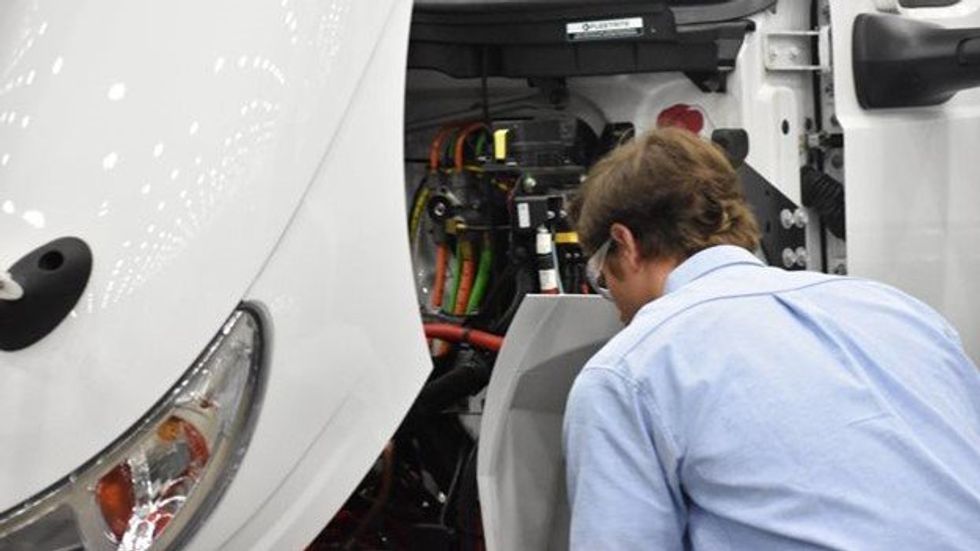Equipment Insights for Last Mile Delivery Fleets
The last mile is a critical and complex link in the supply chain, with deliveries typically taking place in urban, suburban and residential areas. Trucks must navigate tight corners and make frequent stops, often while having strict time constraints. At the same time, they need to maximize payload and fuel economy, so spec’ing quality equipment is critical.
“The big concern with last mile is the delivery parameters. They are very tight, backing can be difficult and there are a lot of people around, which means there are potential hazards related to pedestrians,” said Chuck Pagesy, director of safety for Penske Truck Leasing.
Key considerations when spec’ing the right equipment for the final mile include:
Equipment size: The size and type of vehicle are among the first decisions fleets face when selecting equipment for last-mile operations. In operating environments that require sharp turns, a compact chassis, tight turning radius and advanced steering systems can increase maneuverability. Medium-duty trucks, step vans and even cargo vans can make deliveries in tight spaces or residential neighborhoods easier. Smaller-class vehicles can also increase the driver pool since a CDL may not be required.
Overhead clearance: The last mile often means navigating under bridges, underground loading docks, parking structures and more. The right overhead clearance can increase versatility and prevent vehicle damage. “Considering overhead clearance is especially important if you’re making last-mile deliveries to a residential area. There might be low branches, low power lines or canopies when pulling into an apartment complex,” Pagesy said. “There are systems that can beep if you have a low clearance.”
Driver accessibility: Frequent stops mean drivers need easy entry and exit. Features like low step-in heights, wide doors and ergonomic controls can increase driver convenience and reduce fatigue.
Loading dock availability: Liftgates are helpful in situations where heavy or bulky items need to be loaded onto or unloaded from a truck or trailer, but a loading dock or forklift is unavailable. Homes, small retail stores, construction sites and many healthcare facilities are just some locations that don’t have docks readily available.
Durability and maintenance: Frequent stop-and-go driving puts additional wear on brakes, tires and transmissions. Spec’ing vehicles with heavy-duty components designed for urban use can reduce downtime. A robust preventive maintenance program increases reliability, performance and safety.
Sustainability goals:Battery electric vehicles are becoming increasingly popular for last-mile deliveries, and can offer lower operational costs while reducing emissions. Light- and medium-duty equipment is often a logical place for fleets to start when considering a transition to BEVs.
Tires:Spec’ing the right tire can help improve fuel economy and reduce downtime. Last-mile routes typically have a lot of starts and stops, so high durability is important. Regional/local operations need tires with a harder rubber compound since they will experience more tire scrubbing and potential curb damage than a long-haul operation. Regular tire maintenance, including pressure checks and tread inspections, can help ensure safety, reduce the risk of tire failures and increase tire life.
Safety: Advanced driver assistance systems (ADAS) technology, such as automatic emergency braking, blind-spot detection, lane-keeping assistance and adaptive cruise control, can improve driver performance, increase safety and limit liability.
Visibility: Pedestrians, cyclists, increased traffic, tight corners and narrow driveways can create unique challenges for last-mile drivers, but there are several ways to increase visibility. For a high-tech option, fleets can deploy side and rearview cameras. “Even something as traditional as enhanced mirror packages can make a real difference in that environment,” Pagesy said, explaining that additional side mirrors or a “fish-eye” mirror on the driver’s side rear corner of the vehicle can help drivers spot potential hazards.
Sensors and alerts: Sensors can alert professional drivers to a person or obstacle behind or next to the truck and backup alarms can draw attention to vehicles. “More vehicles are electric, and they make very little noise. You don’t hear them, and that can increase the potential for pedestrian collision,” said Pagesy.
Penske works closely with customers to understand their specific operational requirements, including freight types and volumes, routes and operational goals. In addition to lease vehicles, Penske offers commercial rentals, which can help fleets scale quickly or trial new equipment before making a longer-term commitment.









 SkillsUSA
SkillsUSA SkillsUSA Live Engine Competition
SkillsUSA Live Engine Competition SkillsUSA Media Kit
SkillsUSA Media Kit